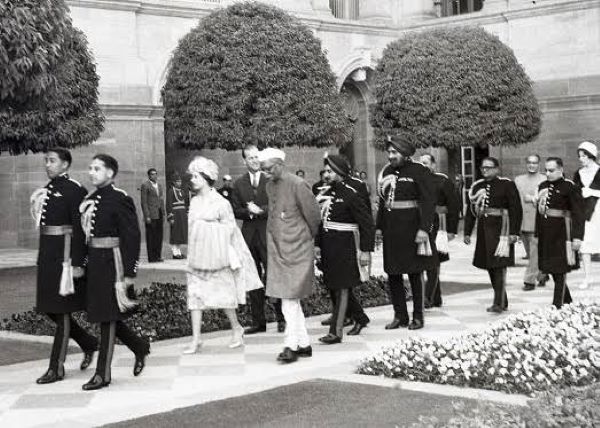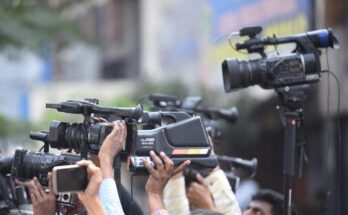
R Krishna Das
Six years before Elizabeth II’s ascension to the throne in 1953, the British colonial rule in India came to end. After becoming Queen, she was desperate to visit India where Britishers ruled for over two centuries, leaving a gruesome history that culminated with the partition.
Lord Mountbatten, the last viceroy, was assigned the task to improve the monarch’s relationship with India. He was appointed Viceroy of India in March 1947 with a mandate to transfer power to India by June 1948. Upon arriving in India, he established a good working relationship with Jawaharlal Nehru, leader of the Indian National Congress, but not with Muhammad Ali Jinnah, the leader of the Muslim League.
Even after Independence, Mountbatten-Nehru’s friendship continued. Queen Elizabeth II, the longest-serving monarch who died at an age of 96 on Thursday at Balmoral in Scotland after 70 years as head of state, wagered at their friendship to convalesce her rapport with India.
Former foreign minister K Natwar Singh in his autobiography “One life is not enough” said that in 1961, Queen Elizabeth II was the chief guest at the Republic Day parade. “Lord Mountbatten had got Nehru to agree to the Queen and President Rajendra Prasad jointly taking the salute. This was an atrocious proposal,” Singh added.
Singh spoke to several of his colleagues in the Congress party about it. “There was unanimous disapproval. Sensing the mood, Nehru dropped the idea,” Singh said, adding that what bothered him even more was the pernicious influence of the Mountbattens on Nehru, so much so that he was literally eating out their hands.
Queen Elizabeth II attended the 1961 Republic Day parade as guest of honour.
While millions mourned and paid tributes from world leaders, the reaction was mixed to her death across former British colonies such as India and Pakistan.



